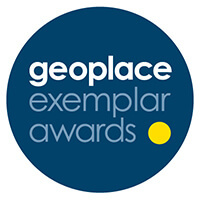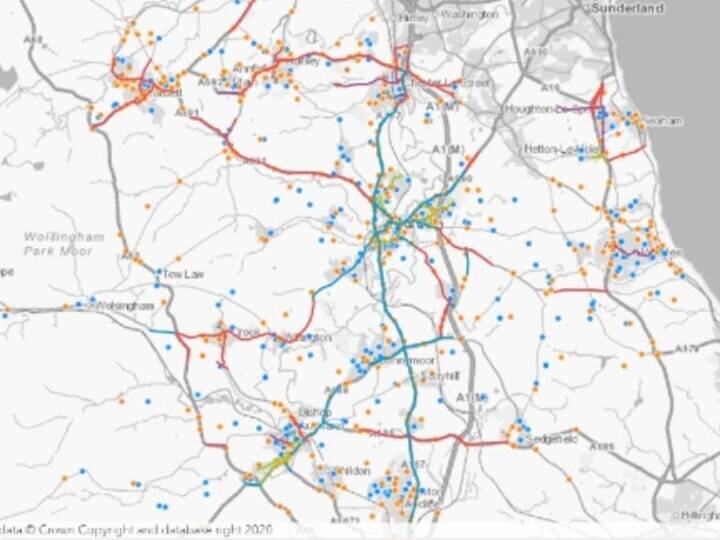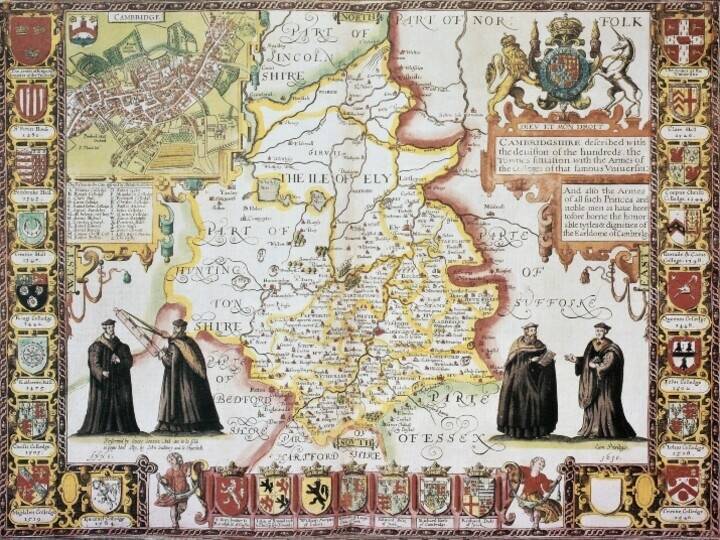Somerset Council has been Highly Commended within GeoPlace’s Exemplar Awards 2025.
The challenge

As part of the Local Government Reorganisation (LGR) in Somerset, five legacy councils were brought together to form a single unitary authority. A critical component of this transition was the successful merger of property and street data across those councils – specifically, consolidating four Local Land and Property Gazetteers (LLPGs) and five Local Street Gazetteer (LSG) datasets into one cohesive system.
The project came with a fixed deadline: data consolidation had to be completed and operational by Vesting Day, when the new authority would formally come into existence. This left just six months to complete a highly technical, politically significant piece of work – under tight time pressure, with no pre-existing team culture, and varying data quality across the datasets. It was a complex task made more challenging by the imperative to deliver immediate savings and efficiency, in line with the mission of a more agile, joined-up council.

The solution
The success of the project hinged on rapid relationship-building and coordinated planning – both internally and externally. Within the new council, the project team had to forge strong working connections with colleagues in legal, procurement, finance, and data governance, many of whom had not worked together before. At the same time, close collaboration with the selected gazetteer software vendor and with GeoPlace, ensured technical progress stayed on track and in line with national standards.
The team approached the task of data integration with a clear, phased methodology. Core to this was a commitment to achieving high data quality from the outset – not simply merging datasets, but improving them. Despite variations in completeness and formatting across the legacy systems, the team worked methodically to cleanse and align records, ensuring that the final dataset met the stringent criteria for Gold Standard quality under the annual Improvement Schedule.
The Authority Address Updates Improvement Schedule is designed to provide a mechanism for each contributing local authority to plan improvement in their address data over a financial year. The scheme is designed to support authorities in terms of identifying areas of need and also aims to continuously improve the overall basic quality of the national gazetteers.
This also required a swift and effective gazetteer management system procurement process, carefully managed alongside data migration, legal alignment, and technical configuration. Through careful coordination and shared commitment, the team ensured that every stage – from planning to implementation – was delivered on time, on budget, and with the quality the new authority needed.
The results
Somerset Council successfully launched as a unitary authority with a single, high-quality LLPG and a fully unified LSG – a critical achievement in ensuring the new organisation could operate efficiently from day one.
The data quality uplift was substantial, with all legacy inconsistencies resolved and the merged platform achieving Gold Standard. In addition to the immediate operational benefits, the council was also able to demonstrate cost savings, enhanced internal collaboration, and improved data confidence across multiple departments.
Equally important was the formation of a new, cross-functional team with a clear sense of corporate ownership for the LLPG. This team now serves as a hub for geospatial data expertise within the authority, maintaining strong links with GeoPlace and ensuring that updates, enhancements, and innovations continue to be delivered in a consistent and sustainable way.
For residents and service users, the impact is tangible: faster resolution of street and property queries, better-coordinated services, and the confidence that the new authority is underpinned by reliable, joined-up data. But the benefit runs deeper than technical consolidation – it’s about giving communities a clearer way to engage with their council, knowing that the information they provide leads to meaningful action. In aligning its data, Somerset has aligned its services more closely with the people they serve – building a stronger, more responsive relationship between council and citizen.
Adam Rhymer – GIS Lead, Somerset Council said:
“Merging five councils into one dataset wasn’t just about consolidation – it was about building a team and a platform that could support a smarter, more unified Somerset.”



